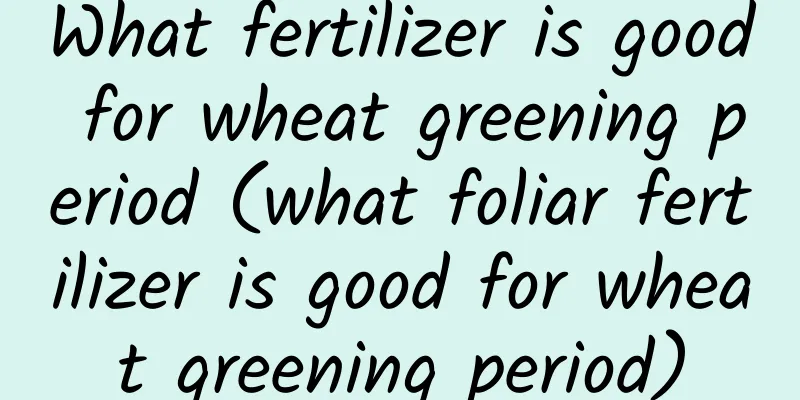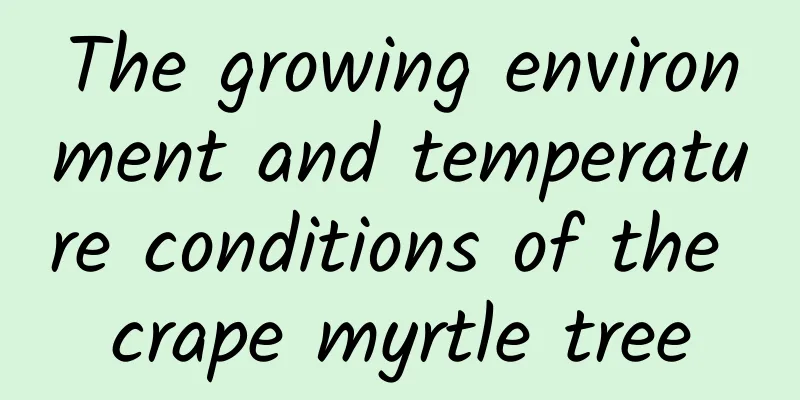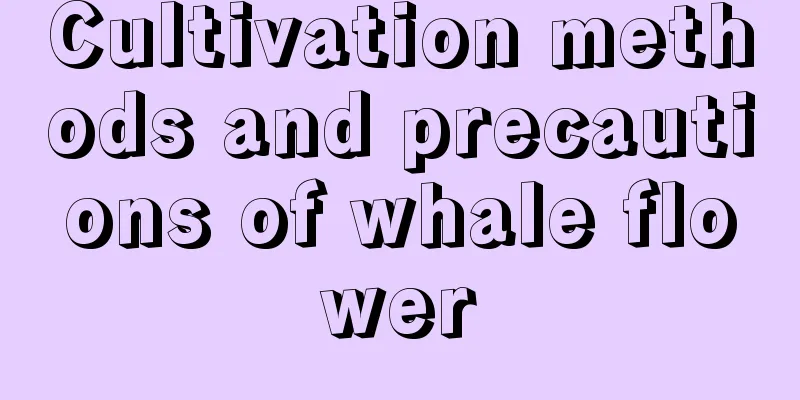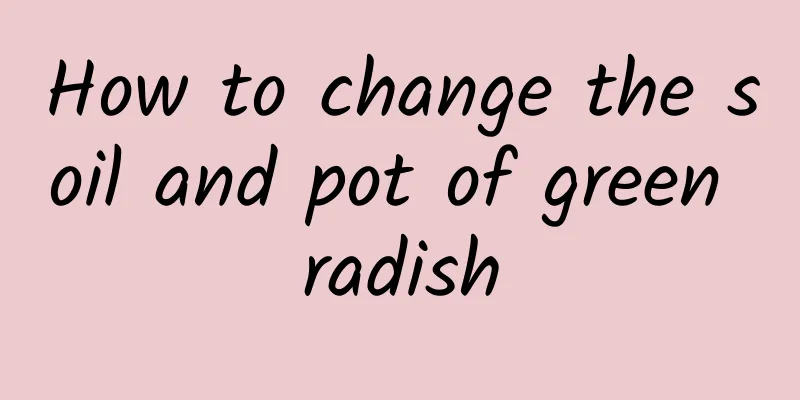What fertilizer is good for wheat greening period (what foliar fertilizer is good for wheat greening period)

|
When wheat reaches the green stage, many farmers often spray some foliar fertilizer to promote growth and increase yield. Top dressing of wheat in early spring is mainly targeted at plots with weak seedlings, including wheat fields that have been damaged by frost after wintering, wheat fields damaged by herbicides, and plots where wheat seedlings have turned yellow due to lack of fertilizer. Are late-sown wheat fields weak seedlings?Late-sown wheat fields must have weak seedlings . Some wheat fields have fewer tillers due to late sowing. As long as management is strengthened after the return to green and a suitable group is formed during the jointing period, high yields can be obtained. If you spray foliar fertilizer after the wheat turns green, it can promote the early greening of wheat . If there is only one leaf before winter, or the plot is covered in soil, you can wait until the jointing stage to use it. What fertilizer is good for wheat greening?Potassium dihydrogen phosphatePotassium dihydrogen phosphate is a phosphorus and potassium fertilizer commonly used by farmers. It can be used in all growth stages of wheat and has a good yield-increasing effect. Spraying during the greening period is beneficial to promoting the greening of wheat. Phosphorus can promote more tillers , and potassium can improve the resistance of wheat seedlings and reduce the occurrence of frost damage and pests and diseases. Spraying potassium dihydrogen phosphate can improve the growth of weak seedlings. During the low temperature period in early spring, wheat seedlings grow slowly and the leaf sheaths at the base of the stems are purple-red. Spraying potassium dihydrogen phosphate can alleviate the symptoms of phosphorus deficiency and promote the growth of wheat seedlings. Amino acid foliar fertilizerSpraying amino acid foliar fertilizer can promote the growth of wheat roots, increase photosynthetic efficiency, and promote leaf growth . For wheat fields with frost damage, spraying amino acid foliar fertilizer can directly promote the absorption of leaves, promote the growth of leaves that are not frozen, reduce the impact of frost damage, and have the effect of promoting weak leaves to become strong. Liquid nitrogen fertilizerIf weak wheat seedlings are to turn green early and become strong seedlings, they need a greater amount of nitrogen to increase tillering . Liquid nitrogen fertilizer is a popular product in recent years. It is directly absorbed by the leaves, and some can even replace the use of green fertilizer. When using liquid nitrogen fertilizer, you should choose a product with quality assurance. Plant Growth RegulationIn the early spring of wheat, the commonly used plant growth regulators are brassinolide and aminoethyl ester, which can promote the growth of wheat seedlings . Especially in wheat fields with frost damage and herbicide damage, spraying can stimulate the growth of wheat seedlings. Moreover, there are frequent cold snaps in spring, and spraying can prevent frost damage. When the temperature is below 10℃, use aminoethyl ester, and when the temperature is higher, use brassinolide. It is recommended to use foliar fertilizers for wheat with regulators to promote nutrient absorption and save labor. For example, potassium dihydrogen phosphate and brassinolide can be used to alleviate frost damage. 80-100 grams of potassium dihydrogen phosphate, 10 milliliters of brassinolide, and 30 kilograms of water can be used per mu. When spraying wheat foliar fertilizer, the temperature should also be considered. It is best to use it above 10°C. Spraying too early will result in low absorption and utilization rate. |
<<: When is the best time to plant red beans (the best time and method to plant red beans)
Recommend
How to deal with Amaryllis after flowering
Post-treatment methods for soil-cultured flowers ...
What fertilizer is best for fertilizing the fortune tree? 5 kinds of fertilizers suitable for growing fortune trees
The trunk of the money tree is very thick, and wi...
How to prune the roots of chrysanthemums
Do chrysanthemums need root pruning? Before plant...
Gardenia cultivation methods and precautions
1. Flower soil Gardenia prefers slightly acidic s...
What kind of crop is banana? Is it a tropical crop?
What kind of crop is banana Banana is a common tr...
Can onions be planted on the balcony? How to grow them until they overflow the pot?
1. Is it possible? Onions can be grown on the bal...
Information about creeper, what does creeper look like?
1. Introduction to Parthenocissus tricuspidata Pa...
How to plant peony seeds
1. Seed selection Seeds for planting can be purch...
How many years does the golden marble tree bear fruit?
Introduction to Planting Golden Marble Tree The g...
How to grow the maidenhair fern
1. Soil Preparation Sandy soil with a loose textu...
How to grow zebra flowers
Moisture Because the zebra flower has a large lea...
The fastest way to root pear tree cuttings
Simple method of cutting pear trees Pear trees ar...
How to prune Blue Storm roses
When to prune Blue Storm roses Blue Storm Rose ca...
The correct way to apply fresh aloe vera on your face, the role of aloe vera gel
1. Correct method When applying fresh aloe vera o...
How to grow the succulent plant well
Growing conditions of succulent plants For Sphaer...









